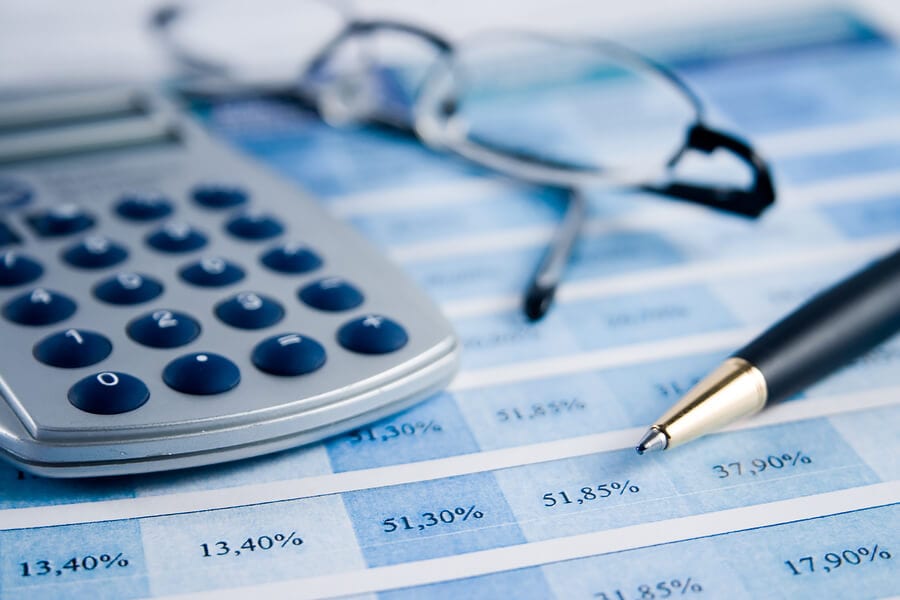Over half of New Zealand construction companies will fail within four years. And 75% will have closed within 10. [1]
These are alarming statistics, but unsurprising to many who work within the building industry and understand the risks. From our own experience we know that many builders struggle to understand, let alone properly manage, the financial side of their business.
Most claims under a 10 Year Building Warranty happen because the building contractor has gone bust, leaving their customers in the lurch. And financial failure is the most common reason a building company ends up in liquidation. That’s why it’s critically important that builders have a good handle on the key financial indicators of their business.
What are the important measures?
Cashflow forecast:
A monthly estimate, usually projected up to 12 months into the future, of the cash owed to and by the business
This will show whether the business has enough money in the bank to pay its bills as they fall due. It helps to show that while the bank balance may look healthy this week, that money is actually needed to pay bills next week.
Gross Margin:
Gross profit / total sales x 100 = % (should be no less than 8% and ideally more, depending on the type of work you do)
This gives an indication of whether the business is correctly pricing its work and earning enough from each project.
Debtor Days:
Accounts receivable / total sales x 365 (should be a maximum of 30 days)
This shows on average how long it takes for the business to collect the money it is owed by its customers. A smaller number means the business is good at invoicing promptly and getting paid quickly.
Creditor Days:
Accounts payable / total purchases x 365 (should be a maximum of 60 days)
This shows how long on average it takes for the business to pay its creditors. The higher this number the longer it takes, potentially indicating some trouble paying its debts.
Current Ratio (Working Capital Ratio):
Current assets / current liabilities x 100 = % (should be no less than 100%)
This shows whether the business has enough liquid assets (stuff that can be turned into cash quickly) to pay its short term liabilities. A healthy business should have more current assets than current liabilities.
Equity Ratio:
Owners equity / total assets x 100 = % (should be at least 5%)
This is a measure of how much of the business’s assets are financed by the owners’/shareholders’ stake in the company compared to by debt (mortgages, loans etc). It’s reassuring to see that business owners have their own money invested in the company, rather than relying on debt.
Solvency Ratio:
Total assets / total liabilities x 100 = %
A solvent business will have more assets than it does liabilities, indicating it can afford to pay back everything it owes. A solvency ratio less than 100% shows the business could be in trouble and may need an injection of capital from the owners.
A good accountant and accounting software are vital to the financial health of any business and are strongly recommended for all builders, regardless of their size. Particularly one that understands the construction industry and can properly account for work in progress. They will help you understand the state of your current finances on a regular basis and, just as importantly, help to identify any potential future issues before they become critical. This will give you more control over your business’s financial health, reduce stress levels and make your business more attractive to banks, warranty providers and potential buyers.
[1] Table 11, New Zealand Business Demography Statistics: At February 2015, Statistics New Zealand



